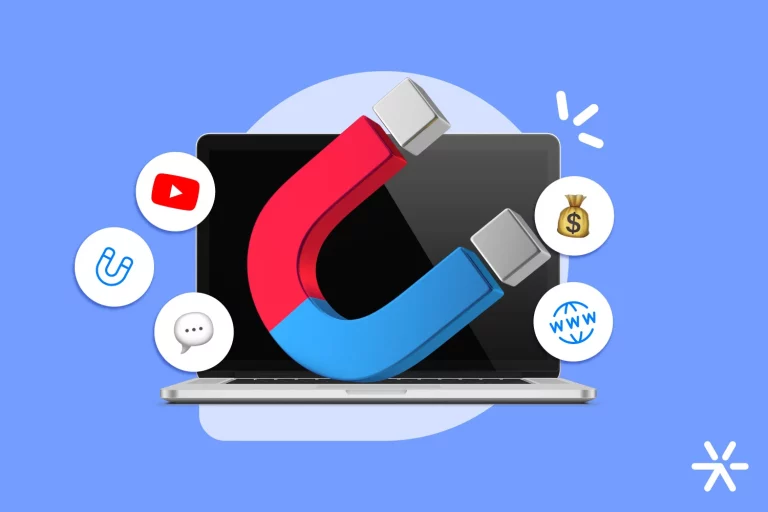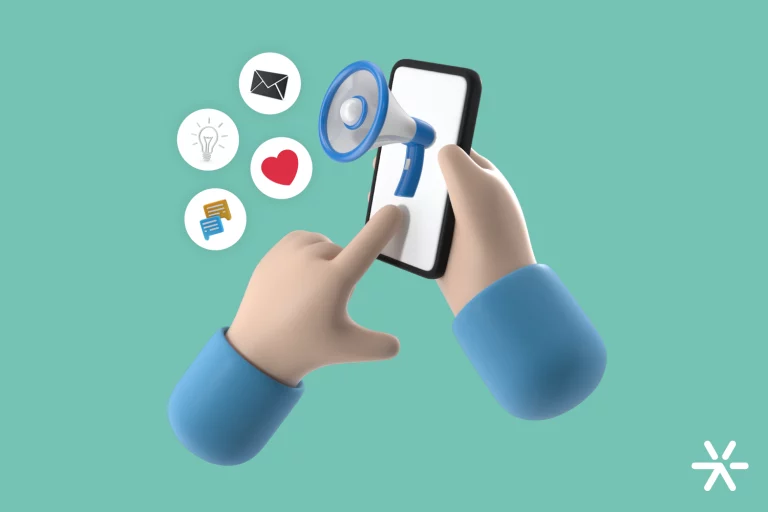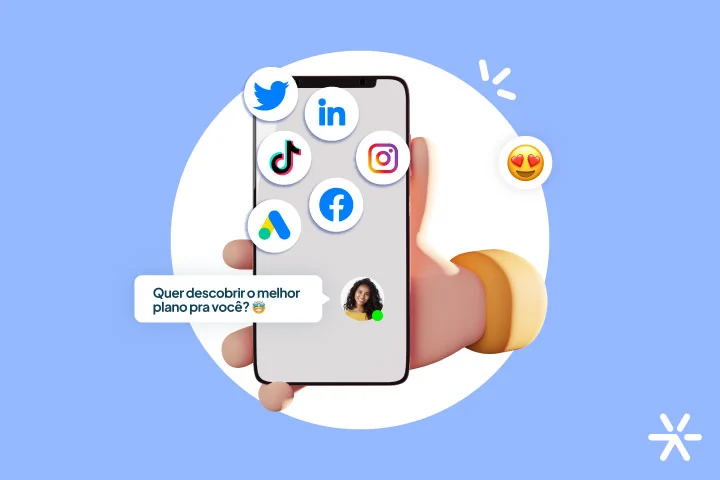Consumer Psychology: Journey and 10 Important Factors
Consumer psychology has a clear impact on how brands communicate. By understanding who our customer is, how they behave, and why they buy, we have a much better chance of making sales.
But as obvious as the impact may be, truly understanding consumer psychology is still quite complicated. Simply because it changes very easily: according to the segment, the time we live in, the economy, and even age.
It’s common to find online articles that define consumer psychology as something black and white, all or nothing. But the reality is a bit different.
In fact, there are several different psychologies for different groups of people. And frameworks that help unravel it in these specific concepts.
In other words: everyone thinks differently. But the study of consumer psychology provides the tools to understand the differences.
Shall we start talking a little more about it?
The Relationship between Psychology and Consumer Behavior

The field of consumer psychology is well defined: it is the study of the processes involved in the decisions of individuals or groups related to the choice, purchase, use, and disposal of products, services, experiences, or ideas.
Yes, ideas too: we can consider consumer psychology even when making donations, for example.
So, we already began to unravel that consumer psychology goes far beyond the purchase itself. In formal academic studies, the subject is studied in various different fronts.
Consumer psychology is a multidisciplinary subject. In other words: several areas of study work with it, including marketing.
But in the case of marketing, the study is much more focused, aimed at understanding who the consumer in a particular market is and trying to predict their behavior.
In the early days of consumer psychology, the focus was on the act of buying, on the transaction. But today we understand that it goes much further. Purchasing has become a complex process, so the analysis also needs to be.
Today we understand the entire consumer journey as an important part of the subject. And from this understanding came the evolution of marketing.
The Main Definitions of Consumer Psychology
Before we delve into the more technical parts of the article, we need to understand exactly what we’re going to discuss.
You’ve already understood by reading the topic above that consumer psychology isn’t just the study of why people buy, right?
To better understand this article and glean the best insights, we need to define some concepts so we’re speaking the same language.
Let’s start with a basic summary of what we understand by consumer psychology:
- It encompasses the entire process: choice, purchase, use, disposal, and preference;
- This process can be long or short, but it’s always happening and repeating. It doesn’t start or end at a specific point;
- People don’t just buy for the product’s functionalities: but for what it represents in their life at a given moment;
- Consumer psychology revolves around the need, but the need doesn’t have to be related to the product’s purpose. “Hunger” is a need, but “ice cream” is more than just food;
- The recognition of the need leads to the search for solutions, which leads to evaluating alternatives, resulting in a purchase. When the same need arises again, the consumer evaluates their last experience and repeats the process, potentially changing products (or brands) or sticking with the same.
All of this is described in the book Encyclopedia of Applied Psychology by Charles Spielberger.
These five points are fundamental to understanding consumer psychology. And the attentive marketing professional may have already noticed that the latter describes the consumer journey in Inbound Marketing methodology.
Shall we delve deeper into this conversation?
The consumer journey and the series of choices that lead to a purchase
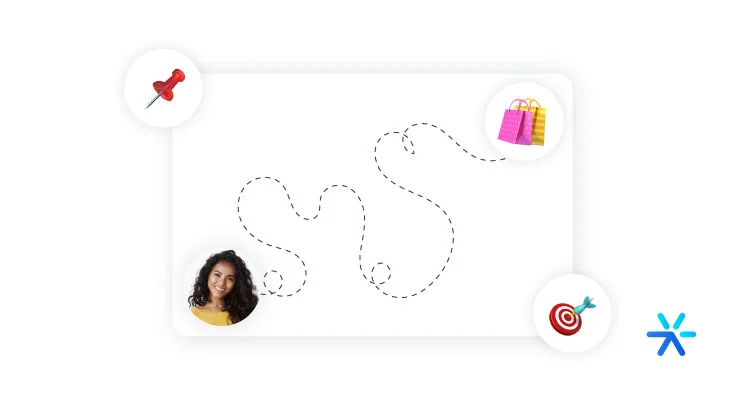
So far, we understand that the consumer journey is a concept of applied psychology: marketing didn’t invent it!
The issue is that before digital marketing, this buying journey wasn’t easy to approach. Strategies needed to be focused on one stage to drive more sales because the media was limited.
Traditional media struggled to work on other stages of the sales funnel, with the vast majority of ads before digital marketing focusing on the products, their benefits, and what they brought as transformation for the buyer.
Today is different. With reduced costs and long-term strategies, the primary concern of digital marketing is to work on all stages of the journey.
Okay, but how do these stages work, exactly? What does consumer psychology tell us about each of them?
Let’s find out together now:
Learning and Discovery
Learning and discovery is the phase where the customer is beginning to learn about a particular topic, without yet realizing that they have any problem or pain that needs to be addressed with a product or service.
This is the part that outbound simply can’t do. Here, content marketing is the prime example of concrete actions taken within inbound.
A technology blog, for example. It attracts readers who enjoy learning about a particular subject. It’s building a base of well-informed people, and these people will eventually recognize technological problems they have.
The problem recognition part is when classical definitions of consumer psychology begin to act. More on them in the next topic:
Problem Recognition
Well-informed people about a particular subject will recognize a problem they have and feel the need to solve it.
Inbound, in turn, seeks to “unravel” this problem. What are its causes? What are its impacts? How do other people deal with this problem? What is the opinion of the experts?
Still in our previous example, people knowledgeable about technology begin to notice that their computer’s performance is very poor. It’s slower than most models presented on the blog they read. Why?
From the moment this person starts to understand what their actual problems are, they move on to the next stage:
Consideration of Solution
In the solution consideration stage, the person has already identified their problem and has a well-defined mental model about the pains this problem causes.
In the case of our example, the consumer became quite bothered by their computer’s performance, as well as questioning their purchase decision for it.
But now, what to do to fix it? There are some possibilities. Our consumer will consider all of them, taking into account time, money, social factors, and other issues we’ll address a little later in the text.
Purchase Decision
With everything considered and the product in sight, the consumer now needs to decide where to buy.
They may have been accompanied throughout this journey by one brand and decide on another when it comes to buying for factors like price, for example.
It’s also important to note that consumers won’t engage with your marketing strategy in the order it was conceived. For example: you create content for all stages, right? Now your customers will navigate through them, one by one. That doesn’t happen.
What happens is having consumers arriving at completely different stages. Several will arrive already at the decision stage, just as several others will engage with your marketing without even knowing they have a problem.
A large part of consumer psychology studies focus on this last stage, with some even ignoring this entire process. This is a mistake: the purchasing process is complex and involves various factors in the consumer’s life.
For a greater focus on the moment of purchase decision, we need to talk about the factors that influence their decision, look:

The 10 Factors That Most Influence Consumer Psychology
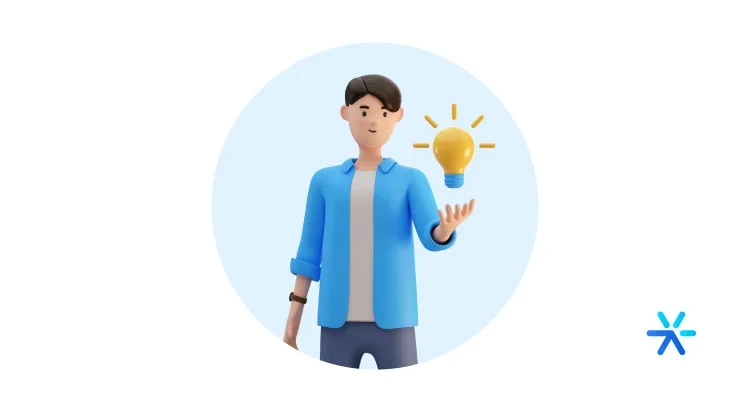
Understanding the consumer journey involves understanding the entire purchasing process. As we’ve discussed so far, it’s become clear that this process has various stages and nuances, and a rational and systematic model cannot predict consumer psychology.
But it’s also important to highlight the factors that influence consumer psychology when they’re seeking to solve their problem: that is, comparing brands, products, prices, and services.
Let’s talk about these factors now. They are a quick summary of applied consumer psychology.
Remember that within each factor, there are significant variations related to the social context of the buyer, their age, the group they’re in, their market segment, etc.
So I can’t assert anything too categorically, okay? I’ll present you with a framework so you can conduct your own research with your potential clients.
Here we go:
Cultural Factors
Culture is a crucial point to consider in consumer psychology. And it’s also one of the easiest to understand.
And I won’t even get into the merits of product acceptance itself: that’s another analysis for another time.
Culture concerns your potential customer’s relationship with the act of purchasing itself, with the verb ‘to buy’.
People working in B2B marketing need to be very mindful of a company’s cultural factors. And they can be many, ranging from how your company presents itself to the nature of the sale itself.
For example: a company is in the process of hiring a marketing agency.
This company has a collaborative culture and expects commitment from its suppliers. They want to call and be answered immediately. They want constant support. They want weekly meetings.
If the service you’re selling doesn’t meet these expectations, there’s a clash of cultures and you might lose the selection.
The same goes for products. There are beers that don’t sell as well in Brazil because they should be consumed warm; when chilled, they lose much of their flavor. And here, warm beer is practically an offense 🍻
Social Factors
Products have a place in society. Although they are inanimate objects, they alone communicate something to someone.
These social factors are very present in consumer psychology, being reinforced (or even completely altered) by both brand and product branding.
A great example is Havaianas. In the past, Havaianas sandals were the cheapest on the market and were associated with low-income people.
With the growth of other brands offering similar products, Havaianas changed its strategy: they started delivering the best sandals on the market and increased the price.
With that, they stopped competing with others and climbed to higher social positions where there was no competition. Understanding and even manipulating your brand’s social factors has direct impacts on sales.
Personal Factors
These are the factors related to who your consumers are. Their age, gender, family composition, whether they’re married or single, whether they’re pregnant, etc.
These factors directly influence sales because there are many products targeted specifically at certain niches.
Marketing strategies take personal factors into account when evaluating the market size for a product or service.
Level of Decision Process Maturity
This is a point that comes directly from applied psychology. The maturity of the decision-making process has a huge impact on consumer psychology and the sales process.
This level of maturity can be described as limited or extensive.
The limited process describes consumers preferring products or services they already know, seeking less, seeing few differences between alternatives, visiting fewer stores (or websites), and spending little time deciding.
People with an extensive decision process are more willing to take risks when buying, search more, see big differences between alternatives, visit many stores, and may have a buying process that lasts from days to months.
This decision process varies from person to person and from moment to moment. The more involved we are with the purchase, the more extensive our process is.
For example: a company’s executive director may spend weeks choosing the best CRM for marketing, but for their personal purchases, they always prefer Amazon and never compare prices.
Heuristics
Still talking about the level of maturity of the purchasing process, have you noticed that in the limited model, we choose and compare less?
So how do we make purchasing decisions? Through heuristics.
Heuristics are general conclusions used when we want to come to a quick conclusion. We have two products: one more expensive and one cheaper. Naturally, we associate price with quality.
Another commonly used heuristic: cost-benefit. If a 2-liter Coca-Cola costs $8.00 and a 1.5-liter Coca-Cola costs $7.50, we’ll prefer the 2-liter one.
These heuristics are part of humanity’s common sense, but it’s important to outline those that can impact your sales process, okay?
Product Signals
This is a concept more focused on consumer psychology as an academic study, so you probably won’t find much about it on the internet.
But it’s very easy to understand what a signal is. They’re also very common heuristics in purchases made in a limited decision-making process.
A great example is an imported product. If it costs twice as much as a domestic one, people expect it to be of excellent quality. Brazilian coffee in the U.S., for example.
But this signal can also be negative: a product from Paraguay has a completely different connotation.
The signals a product transmits have a huge impact on consumer psychology. And these signals are related to factors that the brand controls (its actions and causes it supports) and others that it doesn’t — regional and cultural factors, for example.
The brand itself is a big signal. You probably have a favorite brand. Some people only eat Bauducco cookies. Some people only drink Guaraná Antarctica. Some people pay more for the annual fee but have been with the same bank for 30 years.
Price
Price, in isolation, doesn’t say anything about a product beyond market information: what its manufacturing price is, its profit margin, etc.
But that’s completely useless for the vast majority of people. Consumer psychology identifies price as both a heuristic and a Product Signal at the same time.
Claude C. Hopkins already said in his masterpiece, “Scientific Advertising”: if you put your product on the market as the cheapest, you’ll have trouble selling it.
Simply because the cheapest carries the notion that the product is inferior. If it were good, it wouldn’t be the cheapest. In the popular imagination, the two words are each other’s opposites.
As a heuristic, price is present at various decision-making levels during a purchasing process. If we’re using a limited process, we look for prices we already know and aren’t willing to spend more.
But if we’re in the extensive mode, we’re more willing to take risks, and we don’t consider price — we value marketing more.
Peer Pressure
We can also call this consumer psychology phenomenon social proof.
There are several products and habits we acquire due to group pressure. And not necessarily negative pressure: in many cases, it’s not even conscious.
If you go out today for a run in your neighborhood at six in the evening, most people are wearing Adidas or Nike sports gear.
If you take your little dog for a walk in parks with other dogs, most of the collars are from Zee-dog.
If you’re working with designers, most of them use MacBooks.
This type of pressure directly influences consumer behavior. People in groups accept the group’s signals and reproduce them. And this is reflected in what they buy.
Geographic Location
Cultural and social factors explain the human side of consumer psychology well. But where someone is in the world also has great relevance.
In the book “Applied Psychology” that I mentioned earlier, the author gives us a great example. BMW, a German car manufacturer, has France as one of its largest markets.
Shouldn’t the preference be for Renault, which is French? Well, the French buy a lot of BMWs because France has narrow roads that require better driving, something BMW is known to offer.
Ethnicity
Considering racial factors is very important for brands working in retail.
Many lines of beauty and personal hygiene products still refuse to see this reality. There are great opportunities in understanding ethnicity as a determining factor in consumer psychology.
So, what did you think of this journey through consumer psychology and behavior?
I hope you have a better understanding of the topic now. If you have any questions, leave a comment: we respond to all 😉
And now a final invitation. Test Leadster today! No credit card required and you’ll get to use the most advanced Lead Genearion Chatbot available in the market.
Thanks for reading, and we’ll see you in the next article 😉



